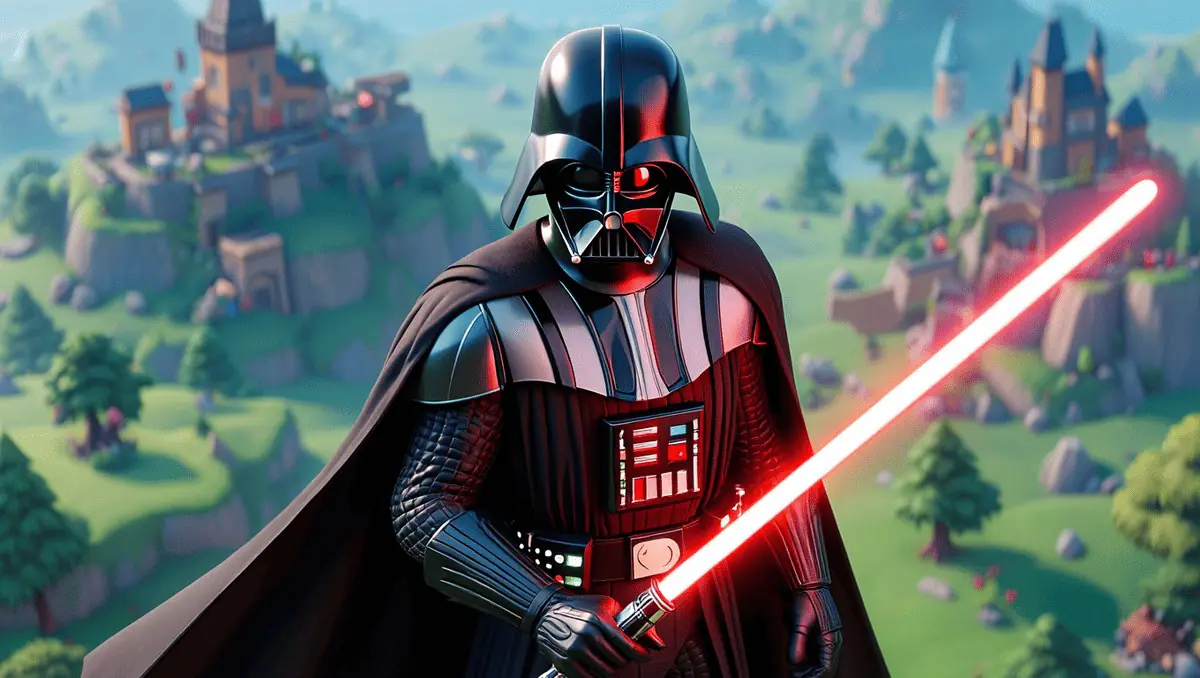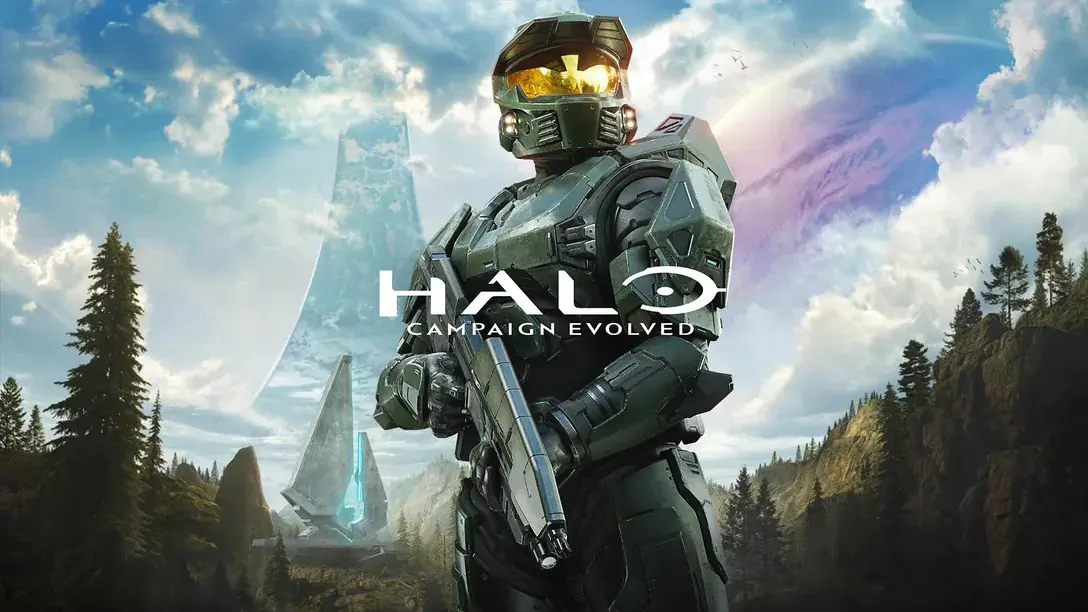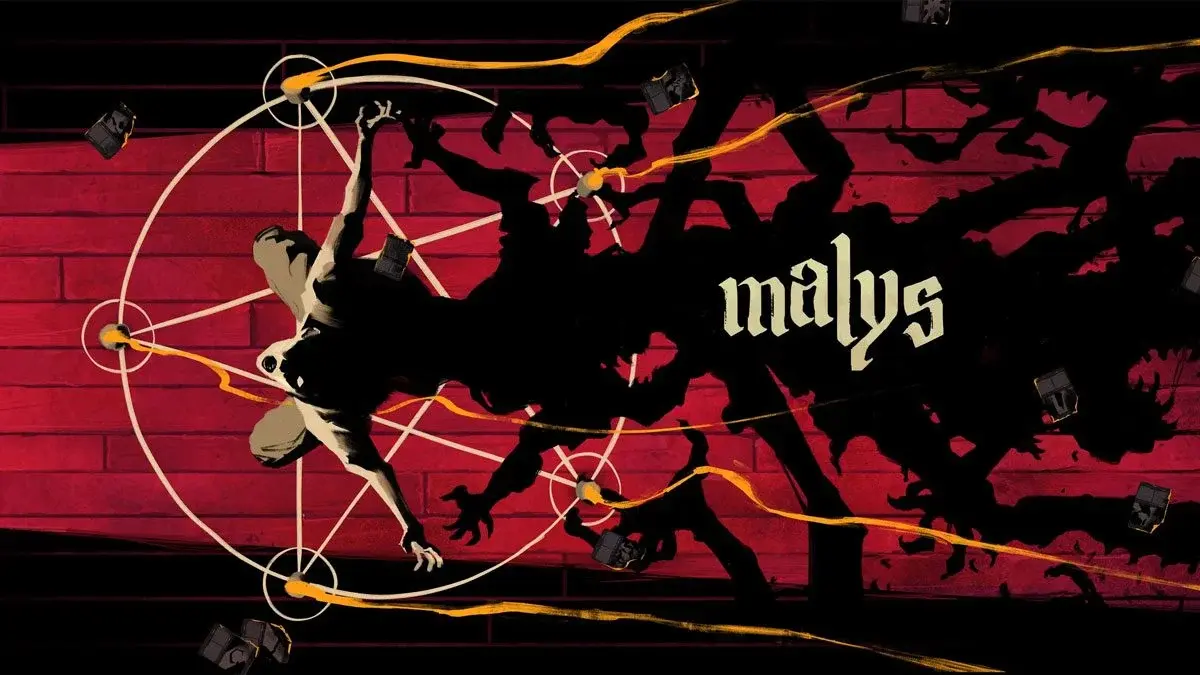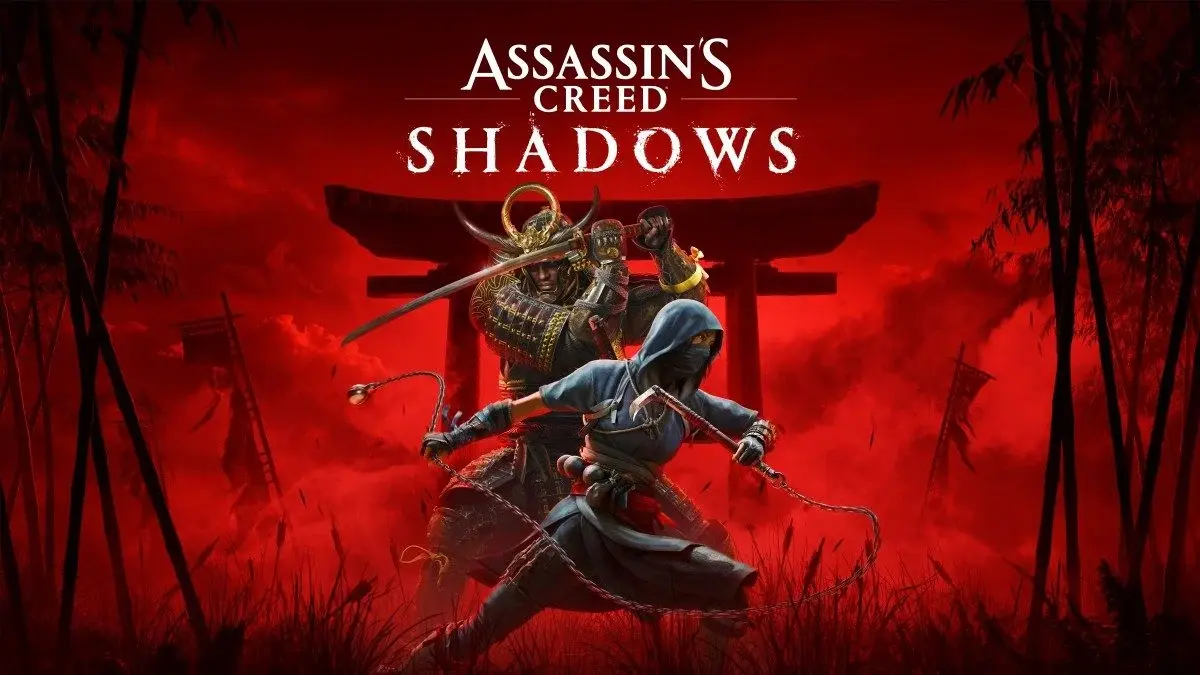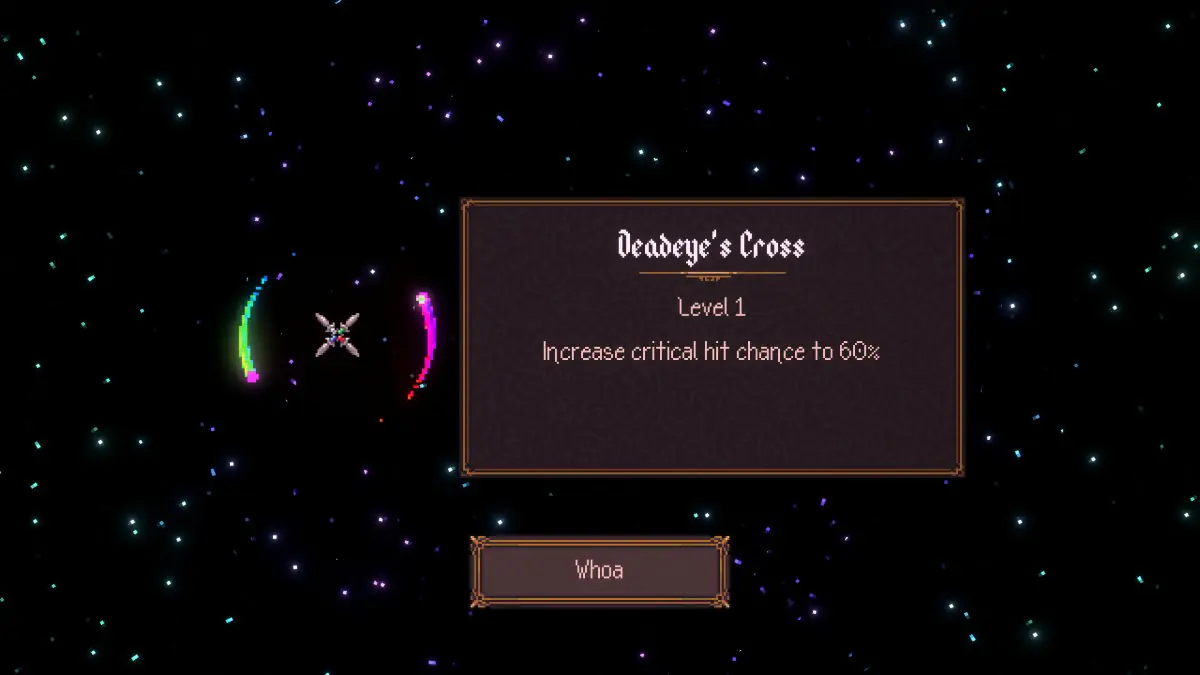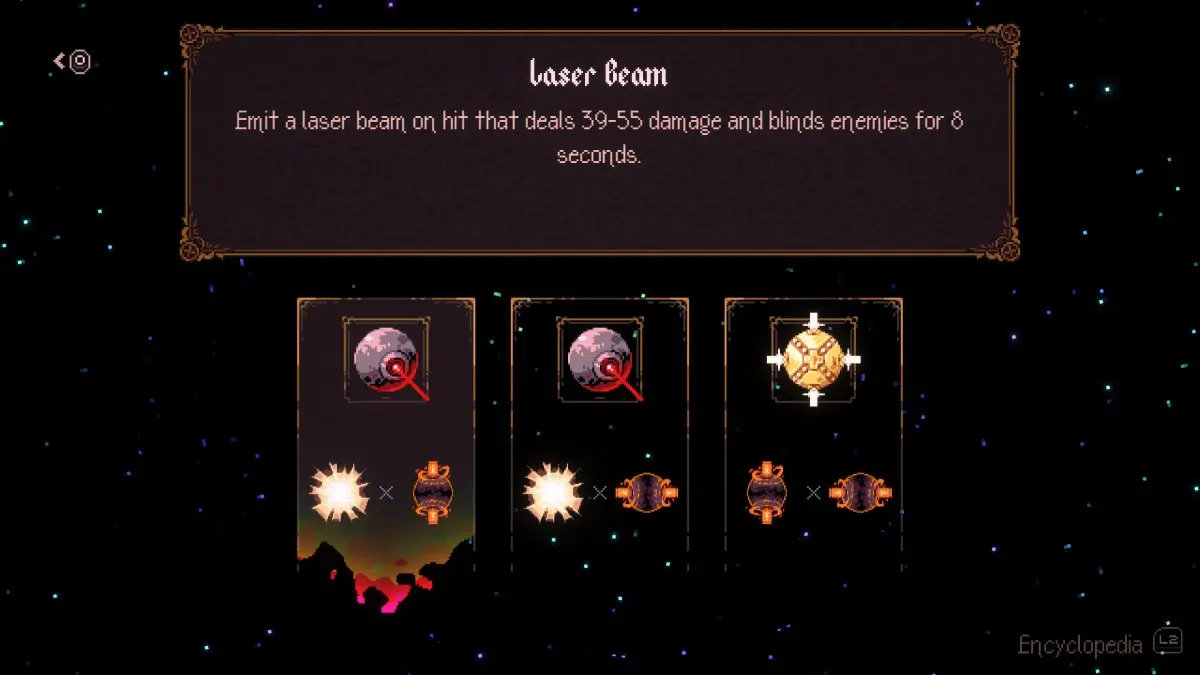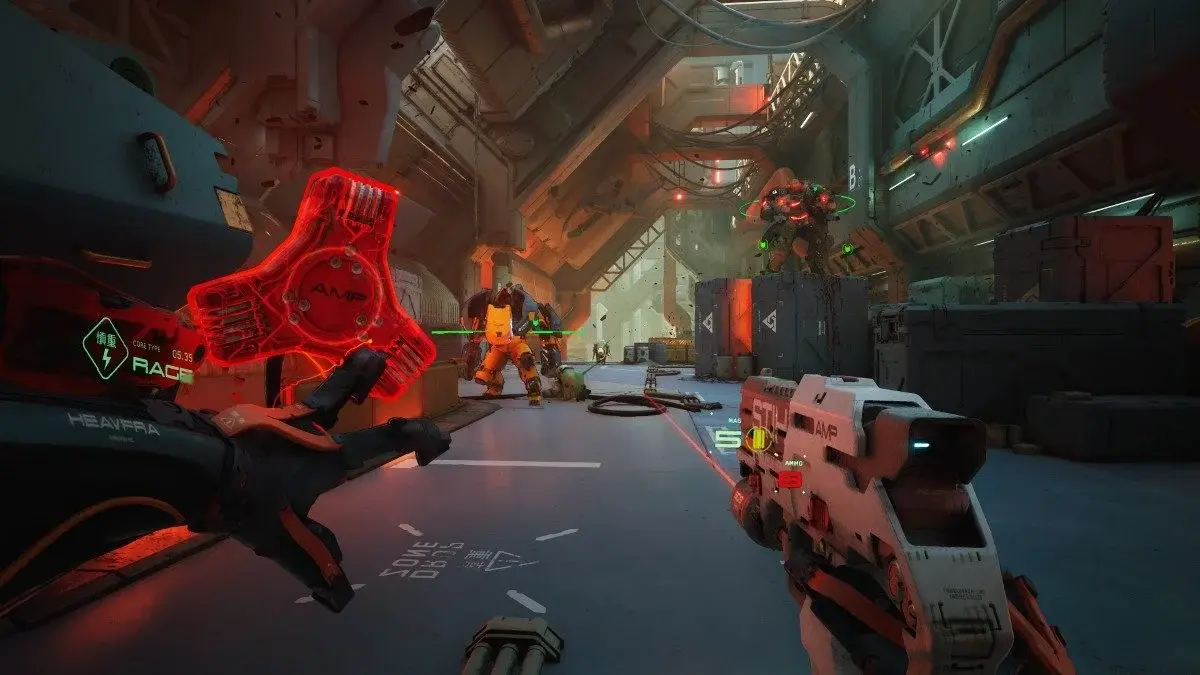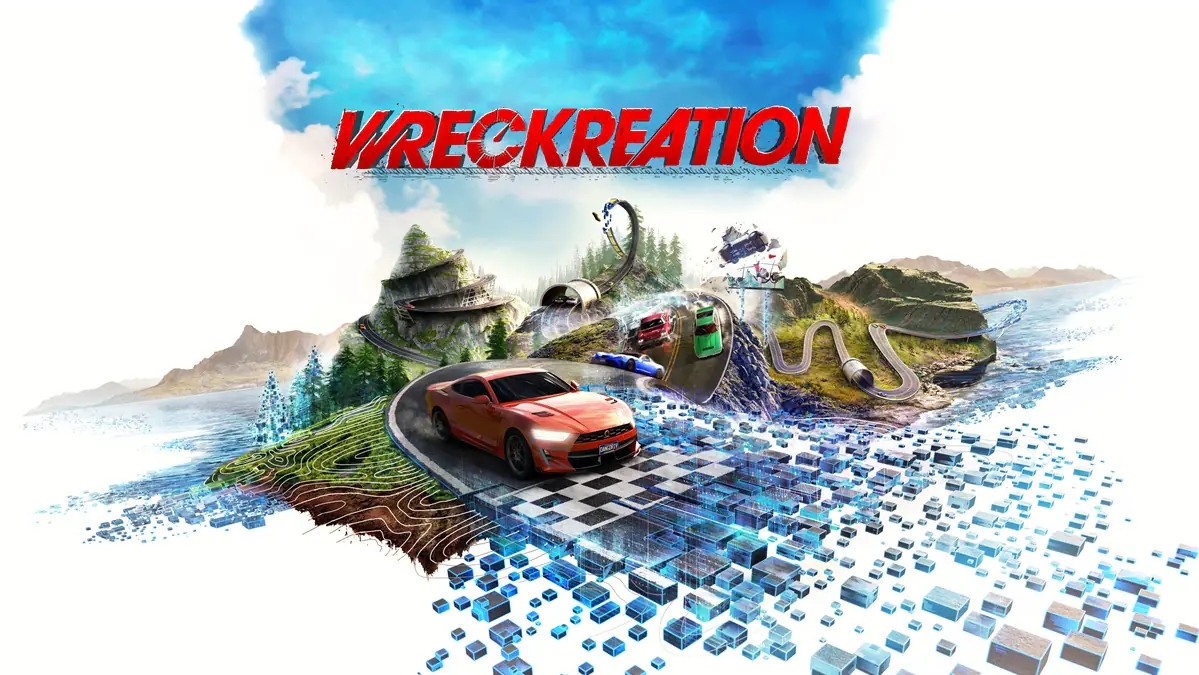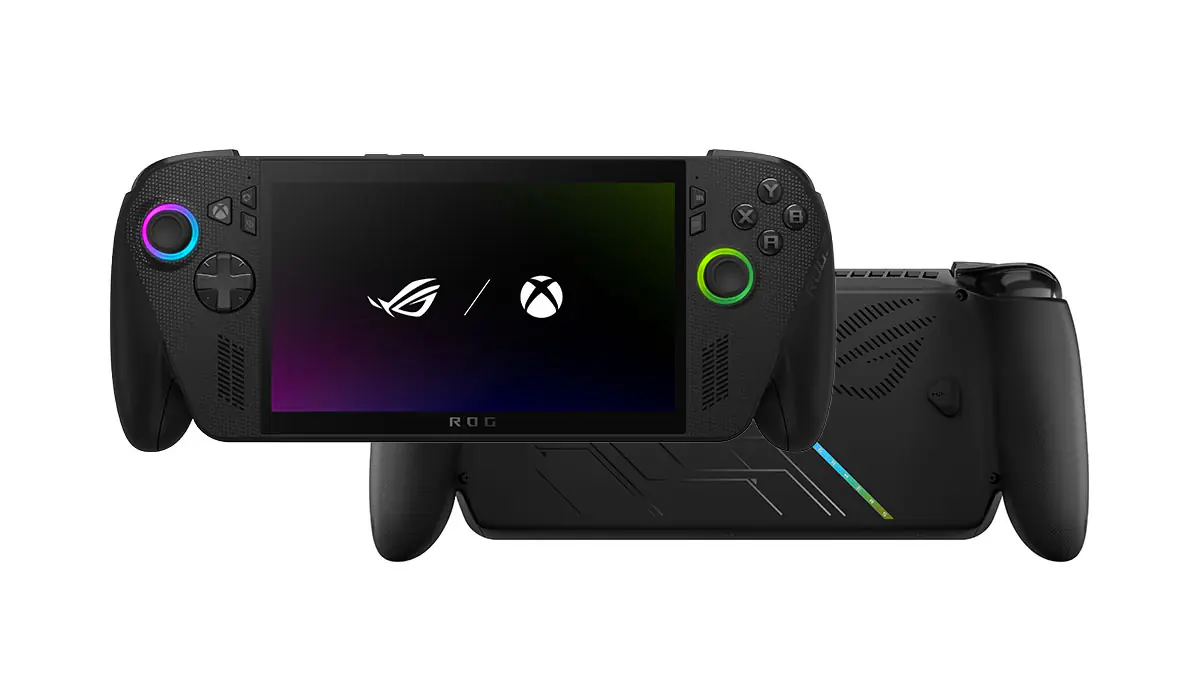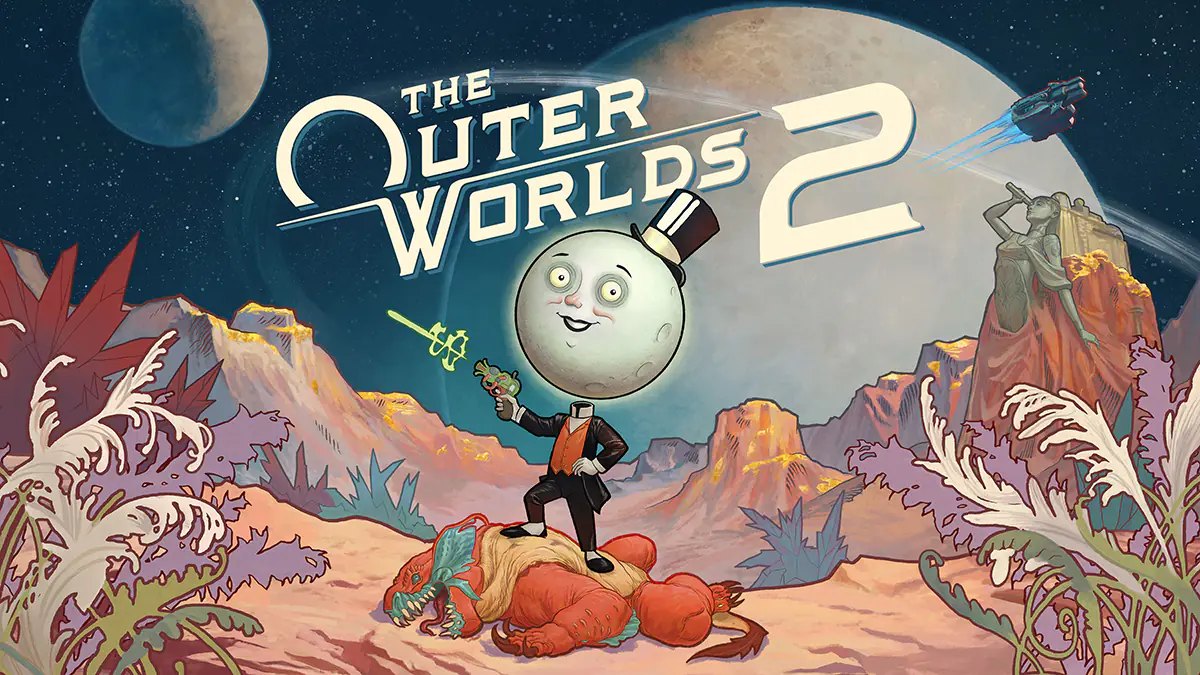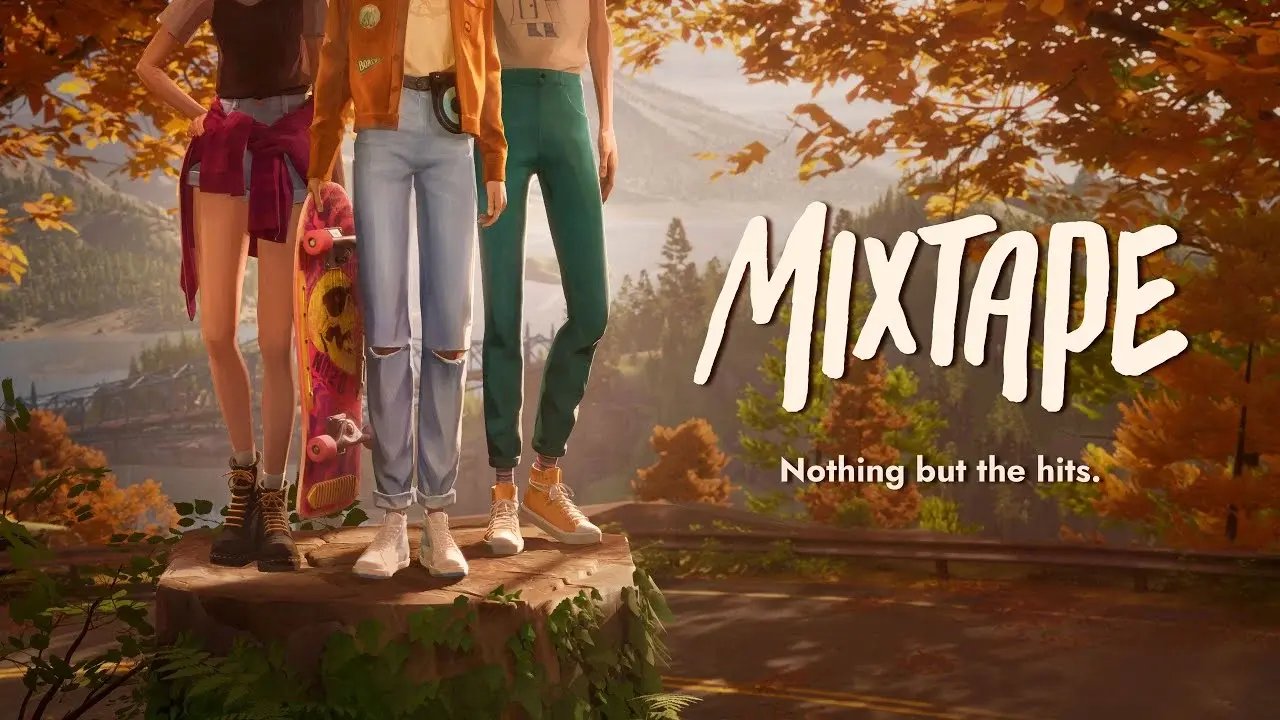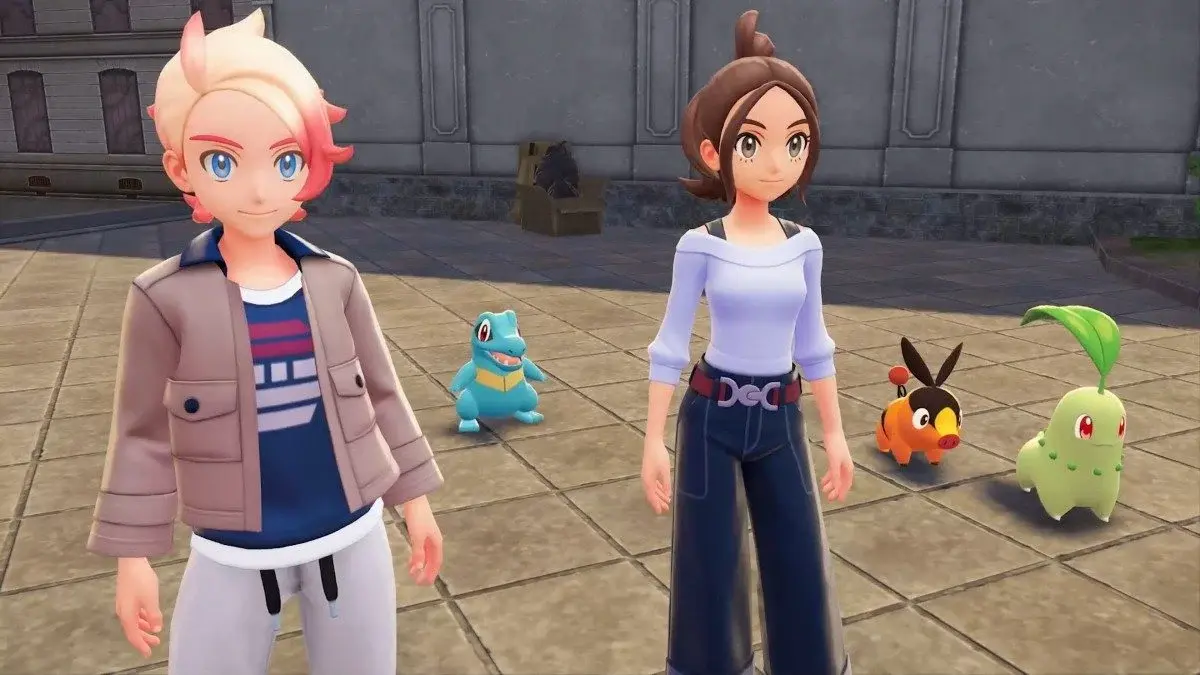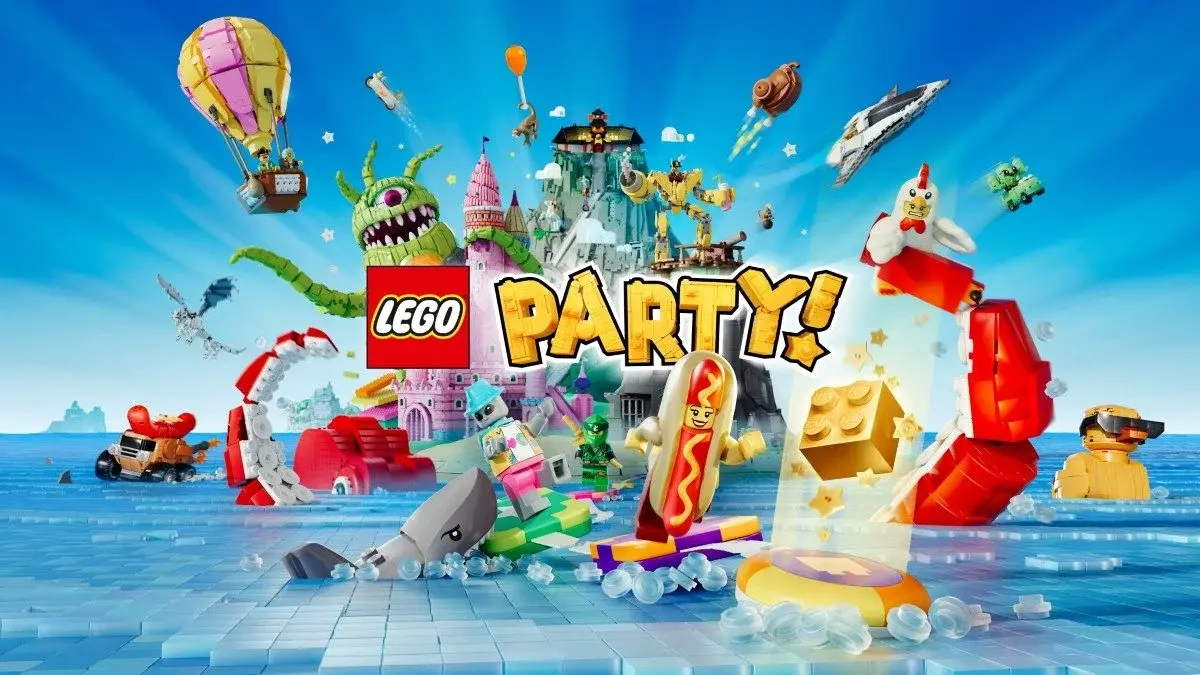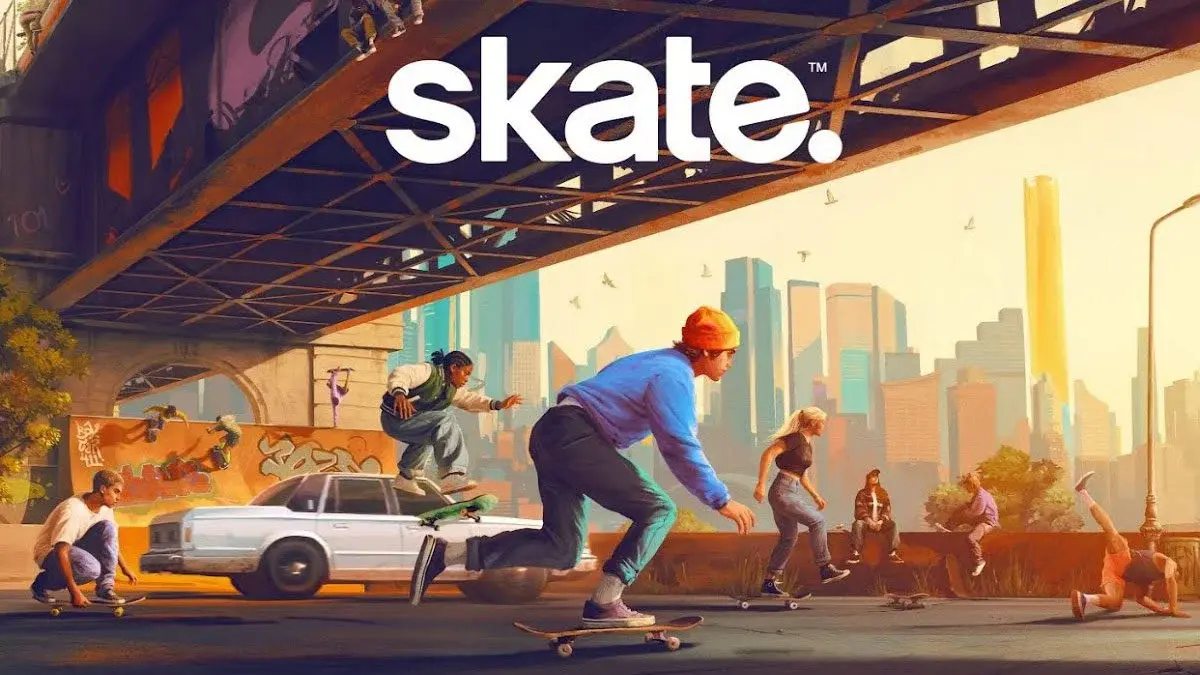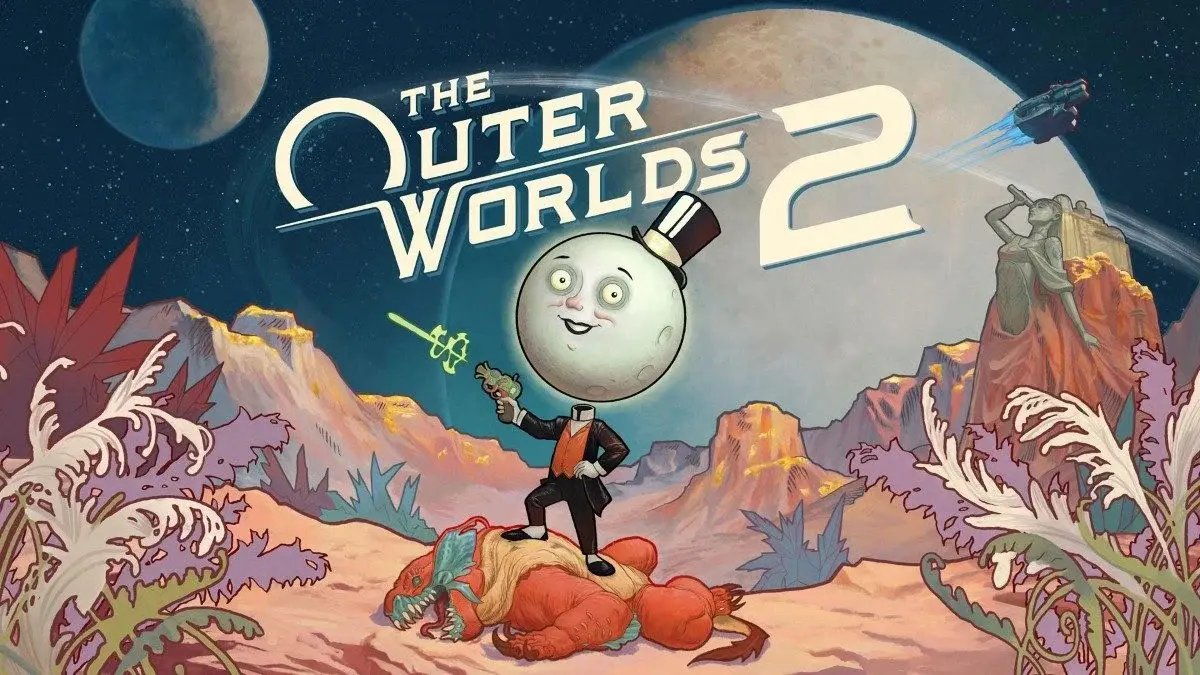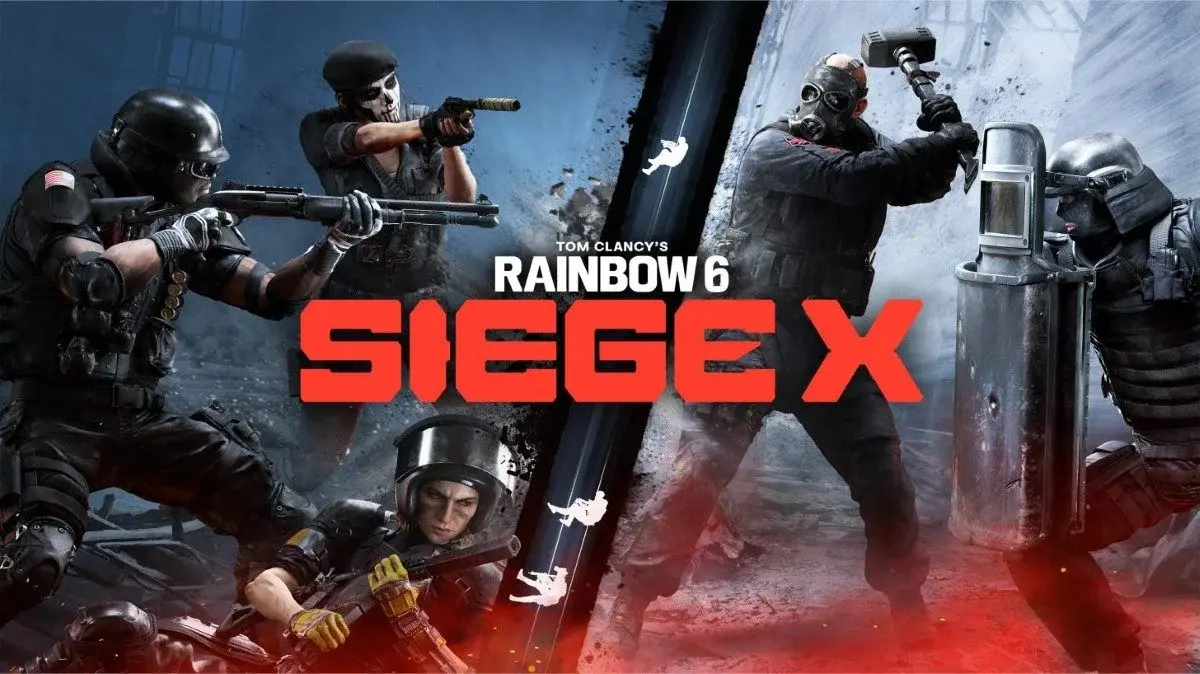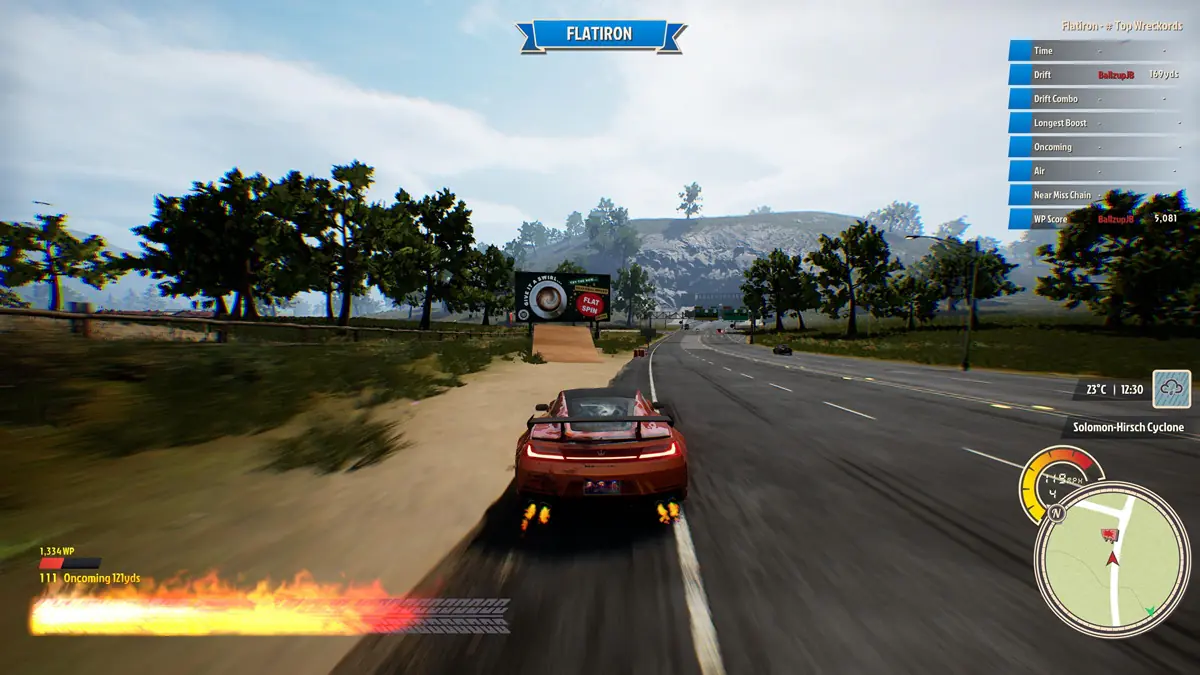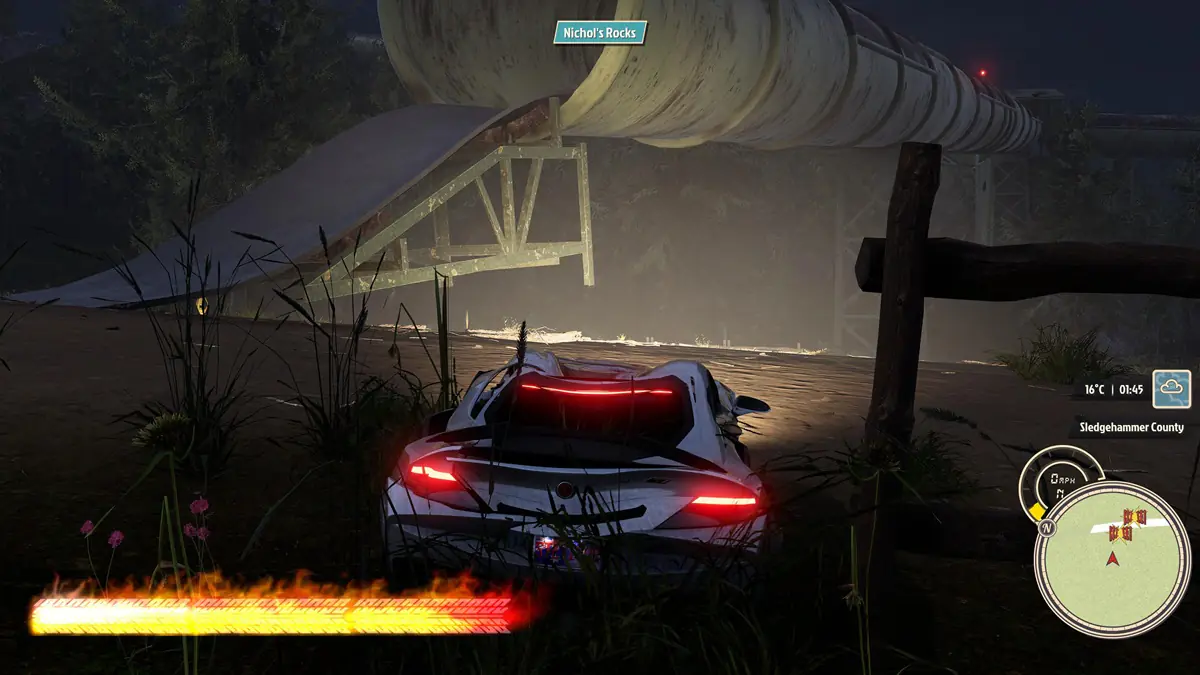The wrong kind of crashes.
For me, Burnout Paradise was — and still is — the epitome of arcade racing. The open map, the volume of content and activities, and the balance of challenge and accessibility had me throwing away more than 300 hours of my life; I loved every minute of it. Since then, I’ve yearned for a sequel, or at least something that comes close.
Three Fields Entertainment is no stranger to arcade racing titles. Not only has the team developed multiple games in this space, but the founders of the company are also the founders of Criterion Games, and just so happened to have developed the Burnout series. While the developer’s previous games, Danger Zone 1 & 2, and Dangerous Driving, essentially make a fully-fledged version of the earlier Burnout games when combined — having set events on specifically designed tracks — their newest venture, Wreckreation, is about as close as we’re likely to get to a Burnout Paradise sequel; some extra features have been thrown in, and others removed. This isn’t an attempt to make something new and exciting — this is a shameless Burnout clone. It’s for this reason I’ve no other option than to compare the two throughout this review so Burnout fans know what they’re getting, or not getting, for their money.
At first launch you’re dropped into what’s called a sky track, which is literally a racetrack built in the sky made interesting with tunnels, pyrotechnics, jumps, and loops. Think Trackmania but with roughly 50% of the arcade feel. As you complete your first event on this sky track, a voiceover will teach you fundamentals until you eventually descend into an enclosed area laden with jumps and loops to play around in. Speeding through the very first loop I saw, my car crashed for no apparent reason as I hit the peak of the loop. Thinking this was a one off issue, I tried again, and I crashed again. The excitement I was feeling in anticipation of Wreckreation was fading fast and I had only been playing for close to five minutes.
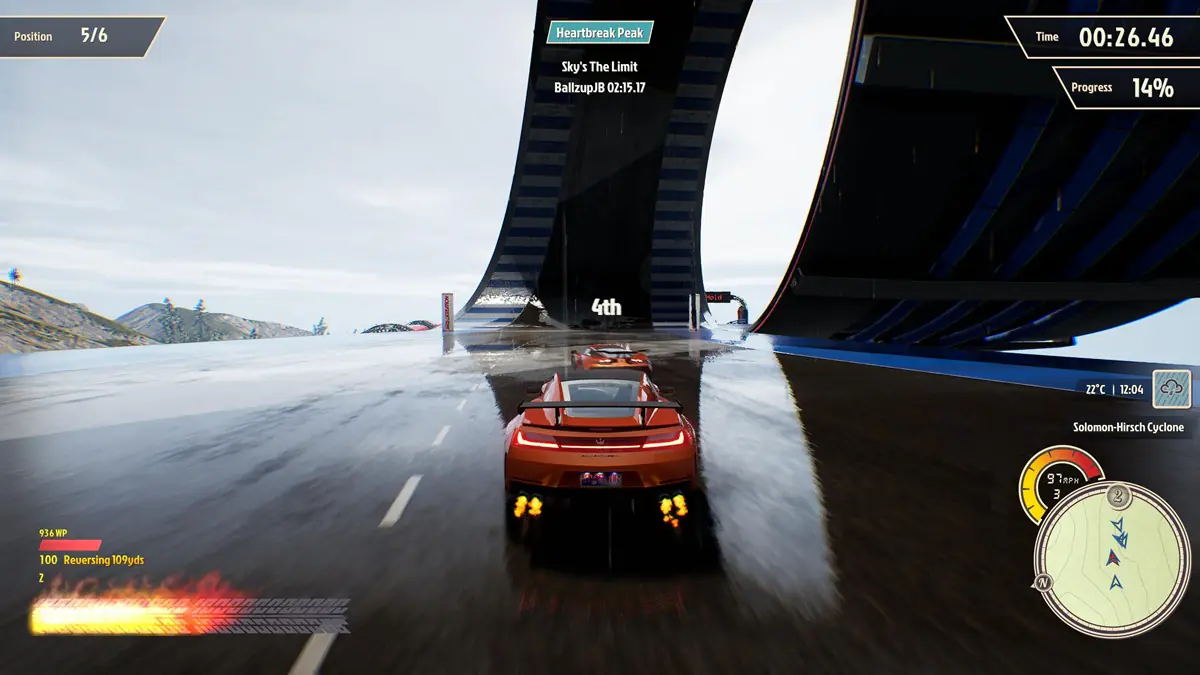
Keeping an open mind, I exited the stunt area, found a road, and began to explore the massive open world map. Full of long straights and sweeping bends driving around the unnamed island at a blistering pace is without a doubt thrilling and stressful. Few racing games capture such a sense of speed and Wreckreation has nailed this. Though as you uncover the fog of war and expose more and more sections of the map, you’ll soon discover that despite its massive scale, it’s rather devoid of any memorable iconic locations.
There’s certainly been an attempt at building a few playgrounds in various spots including a junk yard, speedway track, and an airfield, none of these offer any significant fun or challenge and after landing a few jumps in these areas you’ll feel little reason to go looking for them again. It’s at this point you’ll realise that Wreckreation is pretty much Burnout Paradise on a budget.
The world map is peppered with events to complete and jumps to launch from. Though fans of Burnout will almost immediately notice the limitations of Three Fields’ endeavour. While Burnout had five event types — races, road rage, burning routes, stunt runs, and marked man — the latter is nowhere to be seen within Wreckreation. Also, there seems to be only a single stunt run type of activity, leaving races and road rages as the main thing you’ll be doing over and over again, along with the occasional time trial.
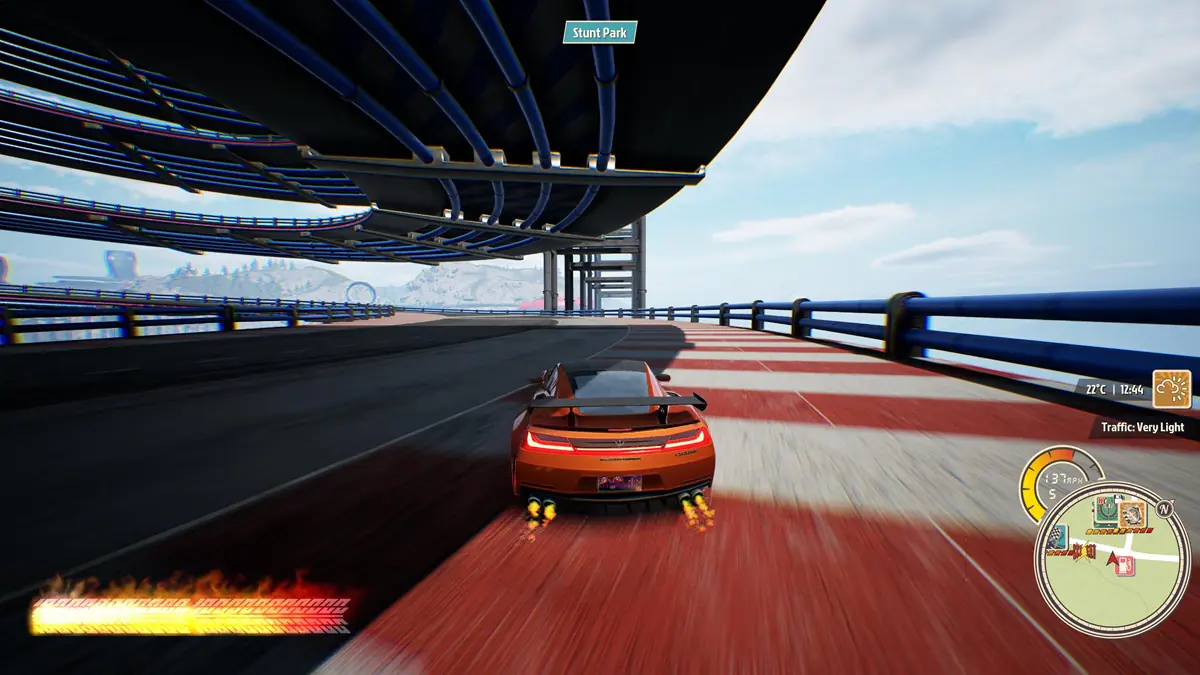
More often than not, races are also point-to-point affairs set against five other vehicles and with checkpoints to hit along the way. And when I refer to “hitting” a checkpoint, I mean it literally — each checkpoint is actually the word “checkpoint” in big red letters — scrawled in Burnout’s signature font no less — that sit across the road, infuriatingly blocking your view of oncoming traffic. Once you’ve completed a few races using a few different cars, more cracks in Wreckreation become apparent as the immersion of every race is destroyed by shamelessly obvious rubber banding.
If you’re ahead of the pack, having completed a perfect run with your boost burning uninterrupted the whole way, an opponent’s car will somehow fly past you as though powered by a newly installed jet engine leaving you to play catch up in the final seconds of the race, no matter the car you’re driving. Instead of injecting excitement into a race, this cheaply manufactured battle for the finish line gets old quickly.
Road rage events put you against four other vehicles, which you’ll need to ram off the road or into other traffic in order to score points within a set time limit. With each takedown extra time is added to the clock though in some events, taking out penalty vehicles deducts time which makes this much more interesting than the event of the same name from Burnout. In road rages, wiped-out vehicles will respawn far ahead of you, making a large portion of the event about just catching up to other cars. True for both races and road rages, using your boost of course increases your speed, but it doesn’t seem to have much impact on how quickly you’ll catch up to opponent vehicles. Frustrated by this after struggling to succeed in several events having boosted consistently the whole time, I found that I could catch up much faster by using my boost sporadically, once again showing that the game is clearly built to create an illusion of excitement rather than allowing the player’s skill to best the AI.
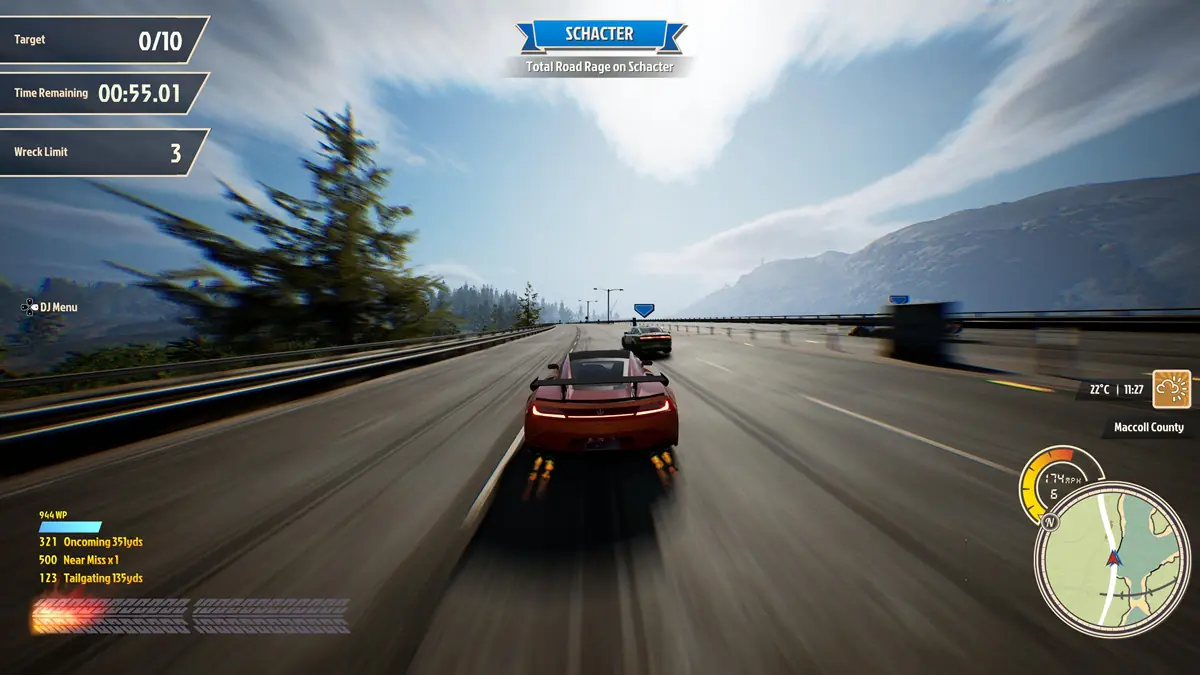
Also taken from Burnout Paradise is the series of collectibles found around the map. Once again these are in the form of gate smashes and billboards. In Wreckreation more thought has gone into the billboards, though, with some demanding that specific stunts be performed such as barrel rolls, a set number of flat spin rotations, or even opening and closing both car doors as you break through the boards. Though, this is where the originality ends.
In Burnout Paradise, all the boards were actually part of the world — either on top of buildings or mounted above roads — and where you’d expect to see billboards in the real world. Part of the fun was finding them and working out how to collect them by either jumping from the roof of one building to another, or taking a massive run up and hitting a small ramp at a silly angle. In Wreckreation, many of the billboards are just floating in mid air, and almost all them have a ramp set up right in front of them. Hitting the dedicated ramp at anything more than half of your vehicle’s maximum speed is likely to send you flying right over it and landing you so far away you’ll not bother to turn around and try again. So, the challenge here is to go slow enough to hit your target which of course goes against what arcade racing is all about.
Once a billboard or gate smash is found — be it one you’ve smashed or not — it will be added to your map allowing you to come back to it later. While completionists might appreciate this convenience, for me it essentially turned Wreckreation into a driving game built by 2015 Ubisoft where the whole gameplay loop revolves around driving to a point on a map to collect a thing over and over again; that gets old quickly.
Without doubt the feature that sets Wreckreation apart from its spiritual predecessor is its track builder. Dubbed Live Mix, you’re able to enter the track builder mode and drop ramps, loops, and silly props almost anywhere and at any time. This of course adds a great deal of potential for insane track creations which you can then use in your own custom race events both on and offline, though the editor itself is incredibly clunky to use; in early stages, track pieces at your disposal are very limited.
Further pieces are unlocked by finding more collectibles around the map, some of which actually require the use of additional track pieces to collect forcing the player to set up custom tracks and ramps. Though by the time you’ve unlocked a healthy selection of pieces it’s probable that you’ll be ready to put your controller down and move onto something else. In addition, Live Mix is grossly susceptible to crashes on PS5 — on occasion while driving on sky tracks, vehicles will crash out randomly as they drive over connecting track pieces.
In addition to the issues mentioned above, I came across numerous bugs and other quality of life issues as I played. Car handling was occasionally inconsistent where attempting to enter into a drift would sometimes result in my car almost coming to a complete stop. I also encountered the odd clipping issue which caused my car to crash out when hitting certain jumps. Finally, finally sudden frame rate drops and a severe amount of screen tearing necessitated regular game restarts.
Further, some obvious corners have been cut in the map design from fences and bridge supports floating in mid air to dodgy lighting effects while driving through tunnels. All this shows that more cautious testing needed to be done.
During the review window, despite numerous attempts at the time of writing we were unable to connect to any online lobbies. Sadly, this is where Wreckreation is likely find its footing. The game features a massive number of customisation options from standard race and track building to specific challenges which all players need to complete.
It’s the multiplayer challenges where I had the most fun in Burnout Paradise, and having rifled through the options available for event creation while sitting in an empty Wreckreation game lobby, I was taken back to 2008 and the fun I had trying to land 3,000 degree flat spins or set insane times on specific roads. When the game launches later today, I’ll come back to it to see if anyone’s playing. Until then, I don’t have much of a desire to spend any more time with Wreckreation.
What needs to be made clear is that Wreckreation has been built by a team of only 10 people with a few small titles under its belt — a far cry from when Criterion was building Burnout Paradise in its heyday. I made similar comments when I reviewed Danger Zone 2 back in 2018, praising the efforts of such a small team for creating something fun. When put into this context, what Three Fields Entertainment has set out to achieve is massive — I can’t imagine how much hard work has been put into Wreckreation. That said, some cut corners, bugs, janky mechanics, and limited content shows that a project of this size may have been too ambitious for such a small team.
Wreckreation was reviewed using a promotional code on PS5, as provided by the publisher. Click here to learn more about Stevivor’s scoring scale.
This article may contain affiliate links, meaning we could earn a small commission if you click-through and make a purchase. Stevivor is an independent outlet and our journalism is in no way influenced by any advertiser or commercial initiative.

